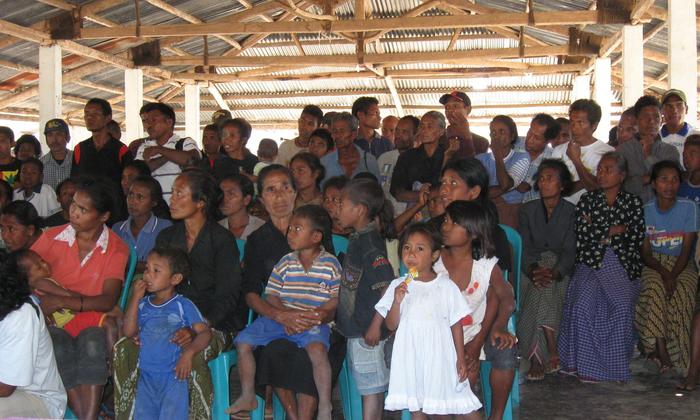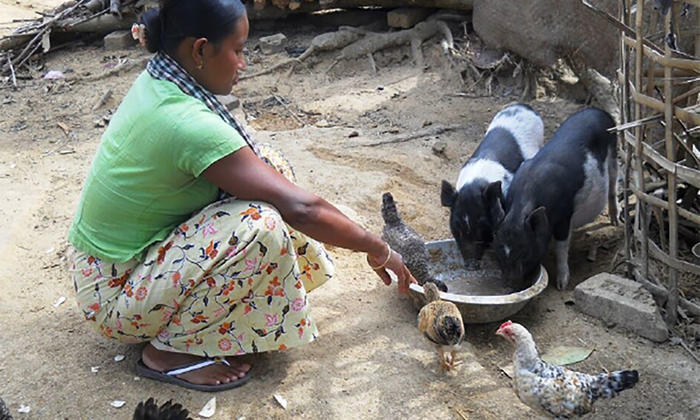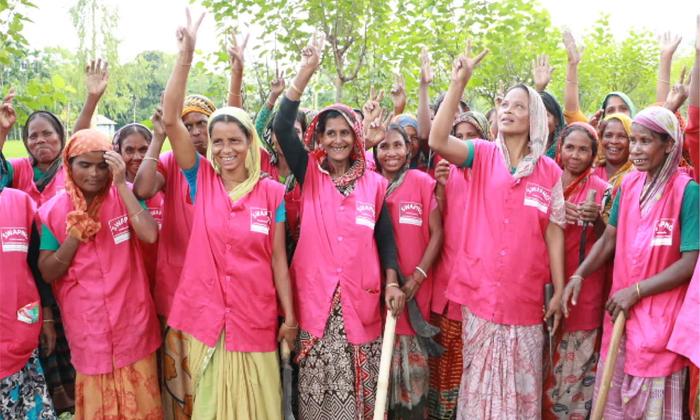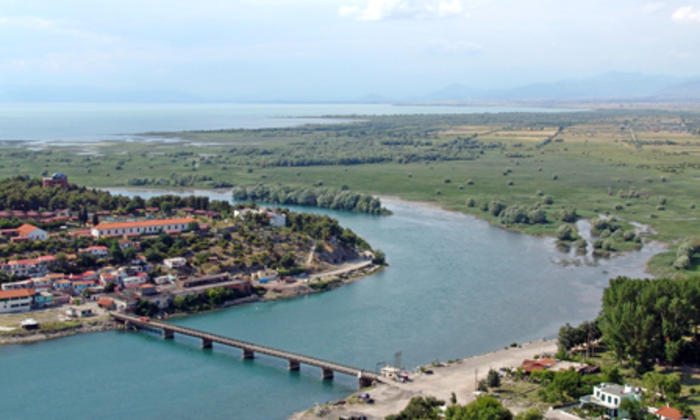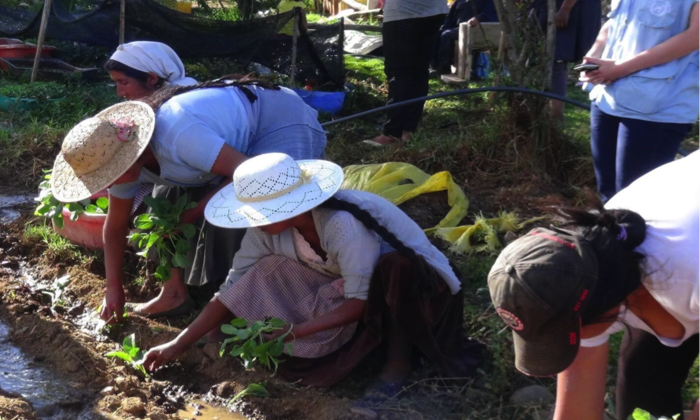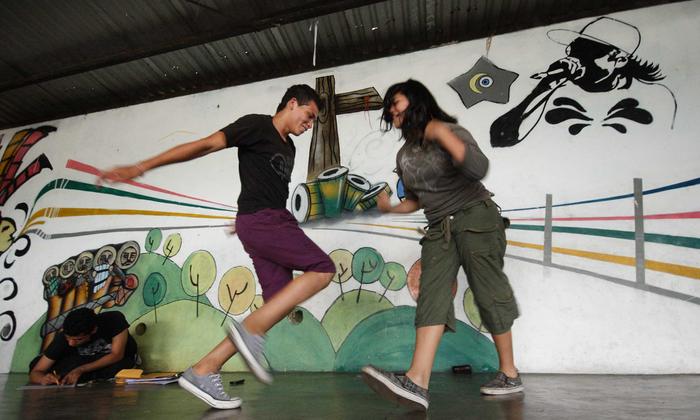Links between tourism and agriculture could help create economic opportunities for youth, build resilience in rural communities, and improve sustainability for both sectors
Case study
Samoa: Engaging Youth in Samoa in Organic Farming and Menus: A Farm to Table Value Chain Approach
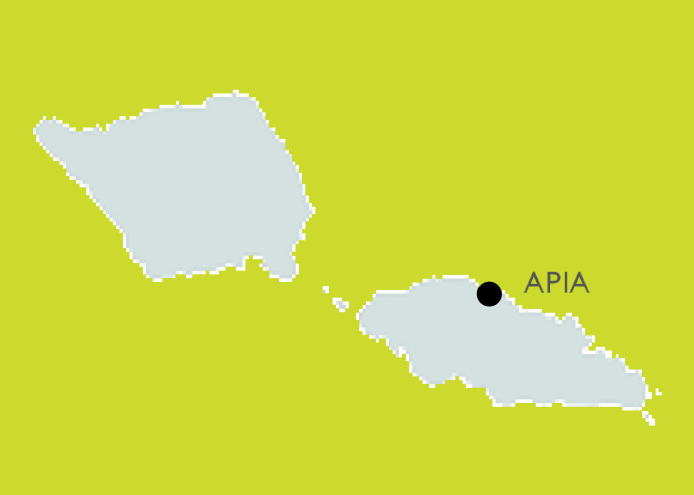
SDGs ADDRESSED
This case study is based on lessons from the joint programme, Engaging Youth in Samoa in Organic Farming and Menus: A Farm to Table Value Chain Approach
Read more
Chapters
Project Partners
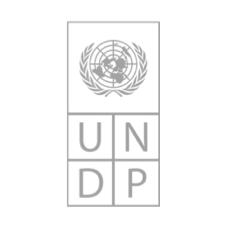
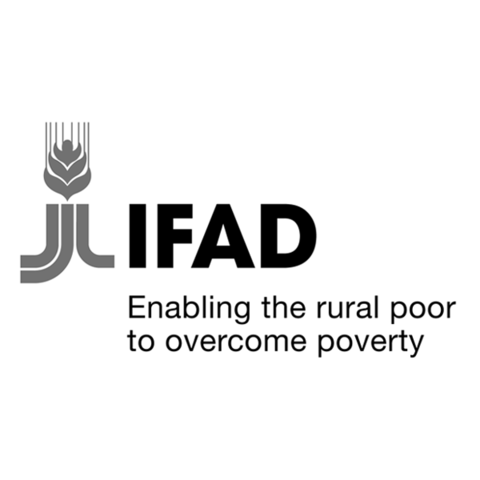
1. SUMMARY
The joint programme in Samoa aimed to tackle youth unemployment and its negative impact on the social and economic development of Samoa. It promoted employment opportunities for youth through organic agriculture and public-private partnerships. It also provided assistance with agricultural processing facilities, skills training, and education.

The training on organic farming practices for young farmers
2. THE SITUATION
Samoa is a small island development state (SIDS) that faces challenges common among Pacific island countries, such as imbalanced economic growth and food security concerns. In adittion, other challenges include geographic constraints, exposure to natural hazards and vulnerability to external economic shocks.
Samoa is also facing a pressing need to improve its population’s livelihoods and reduce dependence on food. Decreased domestic food production and increased consumption of imported processed foods pose a public health challenge because they increase non-communicable diseases. About 64 % of Samoa’s population is less than 30 years old, with the youth unemployment rate at 18% . Young women face more challenges securing employment than their male counterparts.
While youth unemployment is increasing, agriculture production is decreasing. Young people do not view agriculture as a viable career option, and Samoa has an aging farming population. At the same time, unemployment and related social issues are key problems for Samoa’s youth. Even though agriculture is the main source of livelihood for most of the population, its contribution to the GDP has generally declined over the last decades (11% in 2017, compared to 22% in 1994), whereas the tourism sector has seen significant growth. The two important sectors—agriculture and tourism—offer the best opportunities for inclusive economic growth in Samoa. Links between tourism and agriculture could help create economic opportunities for youth, build resilience in rural communities, and improve sustainability for both sectors.
3. STRATEGY
The joint programme promoted collaboration between UN agencies (UNDP and IFAD), and key national partners such as the Government of Samoa, civil society groups and private sector organizations. The joint programme combined the comparative advantages and technical capacities of two UN agencies with national expertise from the Ministry of Women, Community and Social Development, the Ministry of Agriculture and Fisheries, as well as the Small Business Enterprise Centre, Samoa Farmers Association and Samoa National Youth Council. This partnership approach also included local expertise from Samoa-based NGOs: Women in Business Development Incorporated (WIBDI), and the Fiji-based Pacific Organic and Ethical Trade Community (POET Com). The private sector included hotels, restaurants, food processors and food exporters interested in purchasing organic products from programme beneficiaries. This integrated approach also followed the Government of Samoa’s goal to “re-invigorate agriculture” and support the development of organic products and the Organic Samoa brand.”
The joint programme helped the Government of Samoa tackle youth unemployment and focused on reinforcing the links between agriculture and tourism to achieve sustained and equitable growth. Vocational trainings on organic farming were a key component of the joint programme; students learned practical skills and overcame the challenge of low educational outcomes for young people in Samoa. The programme’s main objectives were based on creation of jobs for youth in organic agriculture through a value chain approach, using public-private partnerships in agriculture and tourism. In addition to farm-based employment, this approach included skills training and educational seminars, strengthening institutional capacity and increasing synergies between organic agriculture and tourism.
4. RESULTS AND IMPACT
In the first two years, a total of 574 youth, 1,027 farmers, 137 children, 30 businesses, and 61 NGOs benefited directly from the joint programme on organic farming. In terms of skills training and knowledge transfer, WIBDI, acting as a national implementing partner, assisted 574 young people to learn on organic agriculture. The training focused on organic farming practices and climate change, but it also had a strong emphasis on business planning, budgeting and how to make organic farming profitable. At the end, 1,027 farmers were certified and supplied WIBDI with organic produce, an increase of 36% from the programme start. Successful young graduates have sold their produce directly night markets, so they immediately benefited from their training.
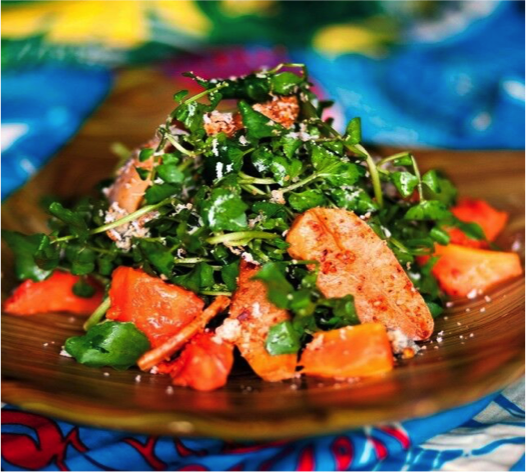
Food served in restaurant in Samoa from organic produce supplied by programme beneficiaries
In addition to the farmers, non-targeted bene-ficiaries such as children and elderly people also attended trainings in their villages on the “Farm to Table” process. As a result, 137 children and 1,028 older community members reported to be reached by the programme’s activities, making this training an inclusive social learning. Evaluation findings confirm that involving all community members, including children and the elderly, motivate young people to get more involved in organic family farming since the social capital in Samoa is deeply built on strong family values.
61 NGOs and 30 businesses were engaged in programme activities through WIBDI. Businesses included the CCK factory, Nonu Samoa Ltd, C1 Espresso, Ethique, Living Koko, Ola Pacifica, Nourish Café, Insel Fehmarn Hotel, Paddles Restaurant, Home Café Restaurant and Whisk Dining Room. As an example, after seeing the programme’s results, Tanoa Hotel expressed interest in partnering with WIBDI to promote organic farming.
Public institutions, including the Government of Samoa, also actively engaged in the programme. For instance, through the Organic Steering Committee chaired by the Prime Minister of Samoa, WIBDI provided updates on Samoa’s organic movement and international exports.

5. CHALLENGES
Complicated financial rules resulted in some funding delays, which impacted implementation of some activities. However, this challenge was addressed by extending the program and using innovative methods. For instance, the application of South-South Learning through the use of IFAD funds was successful not only for the farmers and youth members, but for local communities as well. Many people in Upolu and Savaii Islands of Samoa received trainings on beekeeping thanks to financial support that allowed an experienced beekeeper to train many local counterparts.
It is important to deliver training programs in the villages in a culturally sensitive manner. The training activities were initially delivered at the WIBDI facility in Nu’u village. However, access to this facility was a challenge for many beneficiaries and resulted in high dropout rates. The length of the trainings and their centralized location were key challenges. Trainings were reduced to one week and delivered in targeted villages to improve retention rates. By accepting all family members who wish to take part alongside the youth, this training program was an effective tool for social change in Samoa, built a greater sensitivity to climate change and resilience This improved participation and made the trainings more inclusive.
The tourism sector requires a consistent supply of high-quality fresh produce. Transportation from organic farms to some restaurants and hotels in Apia has been challenging due to these products’ short shelf life and the need for consistent quality control. Given the distance of organic farms from Apia, one solution would be to use a four-wheel drive vehicle with coolers.
6. LESSONS LEARNED
- Positive results were achieved thanks to the joint programme’s strong alignment with government priorities on youth empowerment. Strong national ownership and consideration of Samoan culture in programme design and implementation were also important, as were effective engagement with the private sector and the use of local expertise.
- The ‟Farm to Table” app was developed and launched by WIBDI to support youth employment in organic farming and connect farmers with markets. This app allows tourists and locals to find restaurants that serve organic food produced by programme beneficiaries. The tool helps ensure organic farms are run in an efficient, transparent and accountable way, and that farmers’ products reach the hotels and restaurants.
- Gender mainstreaming in all programme activities is an important component for closing the gender gap and promoting women’s empowerment. Female beneficiaries represented 47% of the total, and there was a 50% representation rate of women in all structures and decision-making bodies, such as organic certification committees and production clusters. One of the programmme’s local partners, the Samoa Victim Support Group, worked with victims of sexual assault and supported trainings on organic farming for young girls.
- Awareness raising campaigns supported youth engagement in organic farming in Samoa and improved young people’s perception about working in the agricultural sector. WIBDI created videos and success stories featuring programme graduates. The videos were posted online and shared/retweeted by many individuals with access to social media sites. In addition, WIBDI and Samoa National Youth Council created a road show to promote awareness before a training session in the Western part of Upolu Island.
- Public-private partnerships across agriculture and tourism sectors can facilitate implementation of the joint programme and support jobs for youth in organic agriculture. This approach complements and strengthens the value-chain of organic farming, bringing social stability and improving the relationship between the public and private sectors for future collaborations.
7. SUSTAINABILITY AND POTENTIAL FOR REPLICATION
Organic farming provides important environmental benefits and creates synergies between agriculture and tourism. Sustainability of results can be achieved through strong national ownership and partnerships with the Samoa Tourism Authority and the Samoa Hotel Association. Through these partnerships, private companies such as hotels, restaurants, food processors and food exporters became interested in buying organic products from beneficiaries. The success of this joint programme is based on a partnership approach that includes public and private sectors and can be replicated across the Pacific region and in other SIDS.
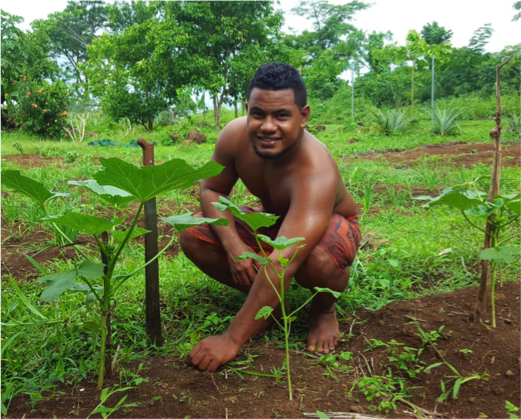
Iese Mata’ia is one of the beneficiaries who learnt about organic agricultura and now is building own small vegetable garden to supply restaurants and the flourishing tourism industry

